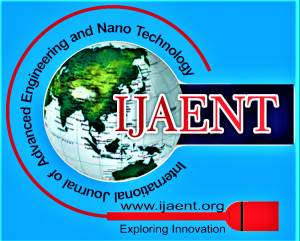![]()
New Generation Application of Polypropylene Fibre
H. S. Mohapatra1, A. Chatterjee2, Pramod Kumar3
1Mr. H. S. Mohapatra, Department of Textile Technology, Dr. B. R. Ambedkar National Institute Of Technology, Jalandhar, Punjab, India.
2Dr. A. Chatterjee, Department of Textile Technology, Dr. B. R. Ambedkar National Institute Of Technology, Jalandhar, Punjab, India.
3Dr. Pramod Kumar, Department of Mechanical Engineering, Dr. B. R. Ambedkar National Institute Of Technology, Jalandhar, Punjab, India.
Manuscript received on December 12, 2013. | Revised Manuscript Received on December 15, 2013. | Manuscript published on December 18, 2013. | PP: 01-09 | Volume-1, Issue-1, December 2013. | Retrieval Number: A0111111113
Open Access | Ethics and Policies | Cite
© The Authors. Published By: Blue Eyes Intelligence Engineering and Sciences Publication (BEIESP). This is an open access article under the CC BY-NC-ND license (http://creativecommons.org/licenses/by-nc-nd/4.0/)
Abstract: In recent years, polypropylene (PP) is one of the most important and fastest growing polymers currently produced. And it is also a major synthetic material for textile and composite industry. A major virtue of polypropylene is its ability to be used in a wide range of fibrous forms. Fibrous forms of polypropylene include staple, bicomponent staple, monofilament, multifilament, slit film yarns, slit-fibrillated film yarns, nonwovens, composites for low velocity impact etc. Here in this article applications of polypropylene in the field of geotextiles, filtration, electrical, flame retardant, automobiles, disposable diapers, hospital/medical care, and protective clothing etc. Also here an attempt has been made to summerize the history and various application of polypropylene fibre.
Keywords: Polypropylene fibre, Ziggler-Natta catalyst, Metalocene catalyst, impact prperties, Filter, Nonwovens.

